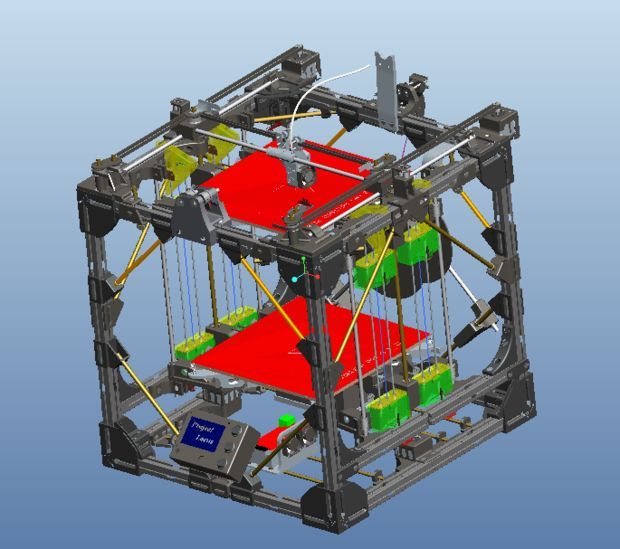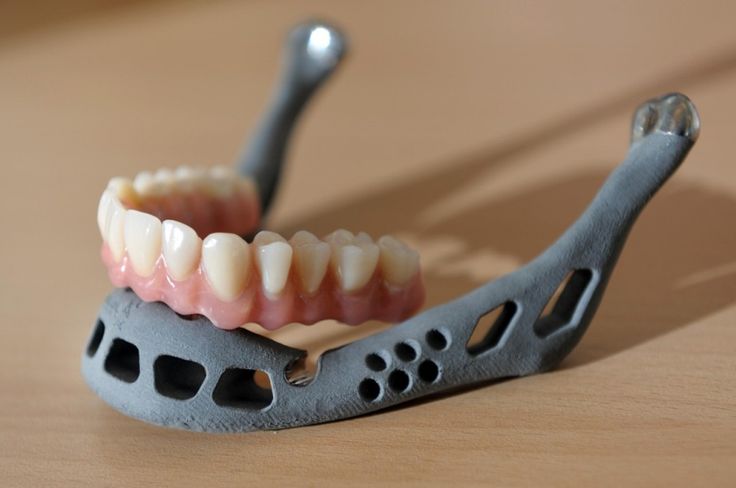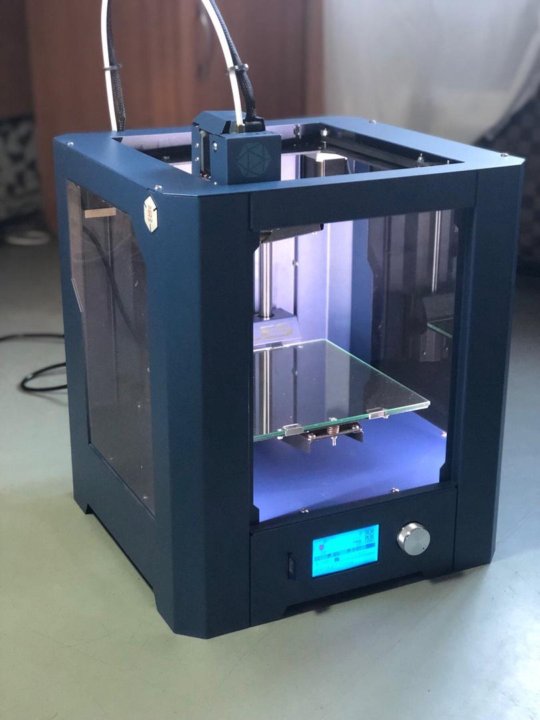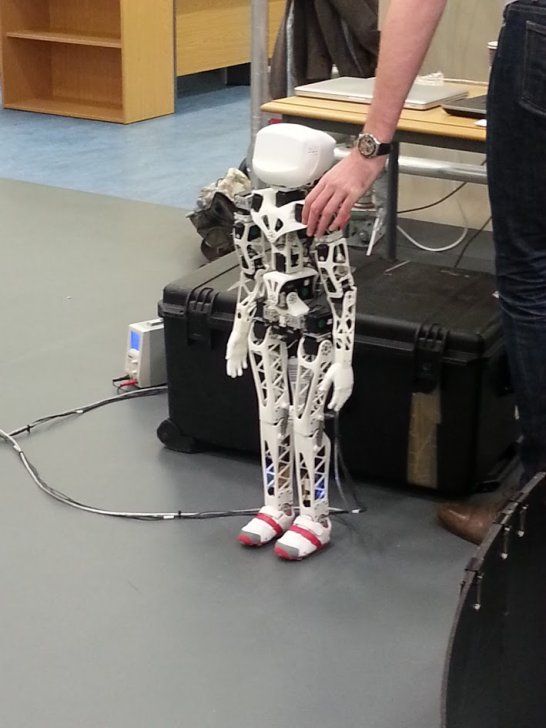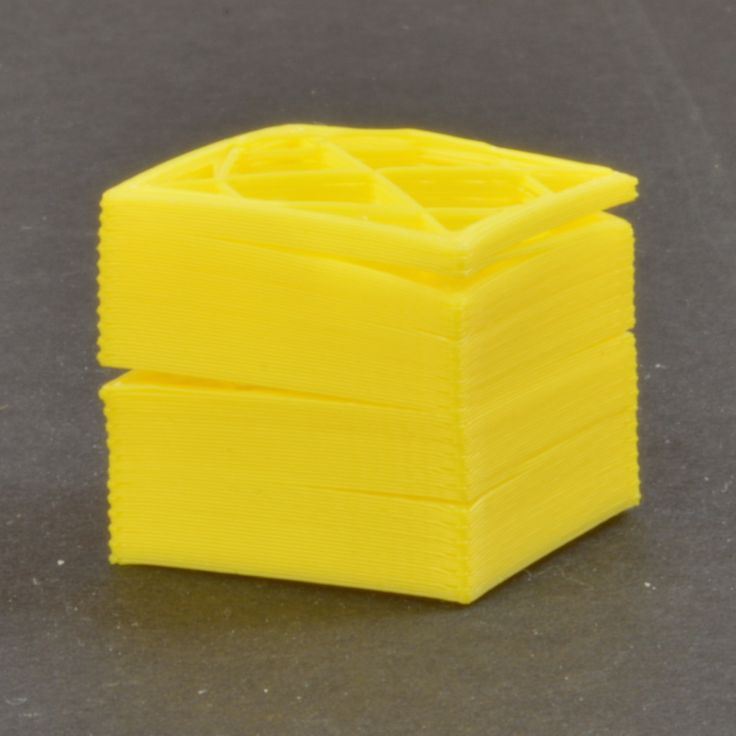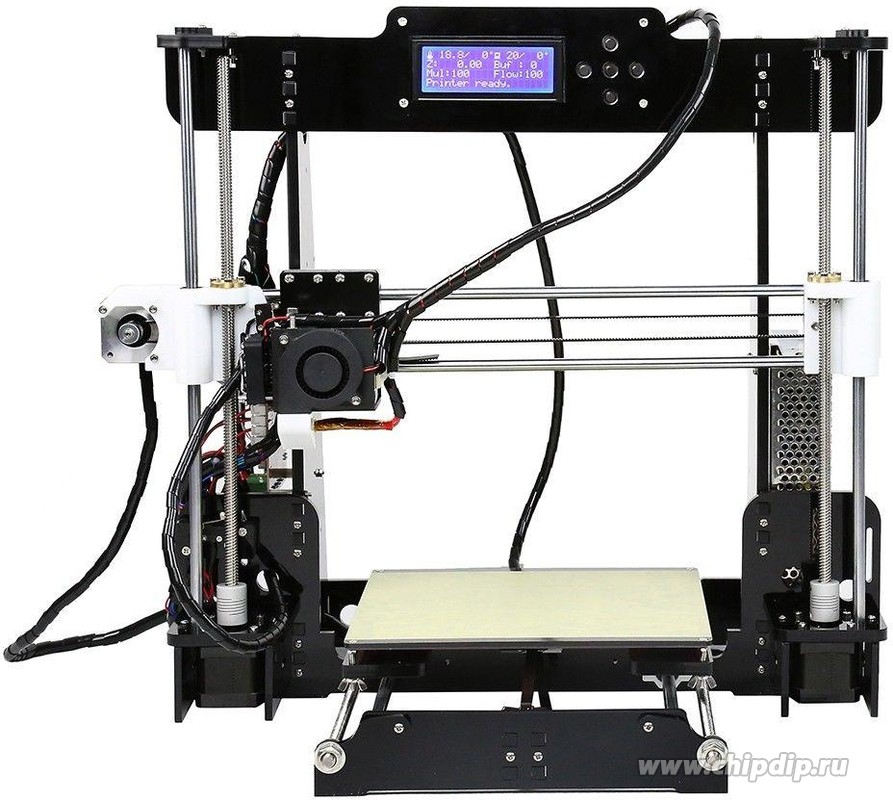Scanner 3d topographie
Scanner 3D | Geopole geomètre
Qu'est-ce qu'un scanner 3D?
Le scanner terrestre utilisé pour les relevés par lasergrammétrie vient compléter les instruments classiques dont nous disposons (GPS, Théodolite…).
Cette technologie atteint aujourd’hui son stade de maturité et permet une qualité accrue au niveau de la définition, de la précision et de l’exhaustivité des mesures effectuées. Tout ceci afin de retranscrire très précisément la scène mesurée à une date donnée.
Le scanner laser 3D utilise un faisceau laser qui balaye l'espace verticalement et horizontalement afin de mesurer des millions de points en très peu de temps. Le nuage de points exhaustif est alors traité avec un logiciel de dessin.
Les Atouts du scan :
- Sécuritaire : pas d’entrave à la circulation
- Exhaustif : la scène est relevée dans sa globalité, nul besoin de retourner sur le terrain pour des compléments.
- Réaliste : le semis de point peut être automatiquement colorisé en couleurs vraies.
- Rapide : Un tour de scan de 360° ne prend que quelques minutes
Nos produits
Visualisateur 360°
Nous fournissons systématiquement avec tous nos rendus un visualisateur 360° fonctionnant sur navigateur internet. Cette interface permet de visualiser et de mesurer dans les nuages de points au travers d'une interface web très conviviale. Ce produit permet d'apposer en superposition des cotations, des coordonnées, des remarques et d'envoyer ces informations très rapidement via un fichier XML à l'équipe avec qui on collabore. C'est un outil collaboratif idéal pour une meilleure communication entre le client,l’architecte et le géomètre.
Nuage de points
Nous pouvons vous fournir les données de mesure brute: le nuage de points 3D. A partir de ces données, votre propre projeteur, au fur et à mesure de l'avancement des études, peut utiliser le nuage de points directement dans Autocad ou Revit. L'intérêt d'un tel procedé est d'avoir l'ensemble des données archivées et de pouvoir piocher à tout moment les informations dont on a besoin.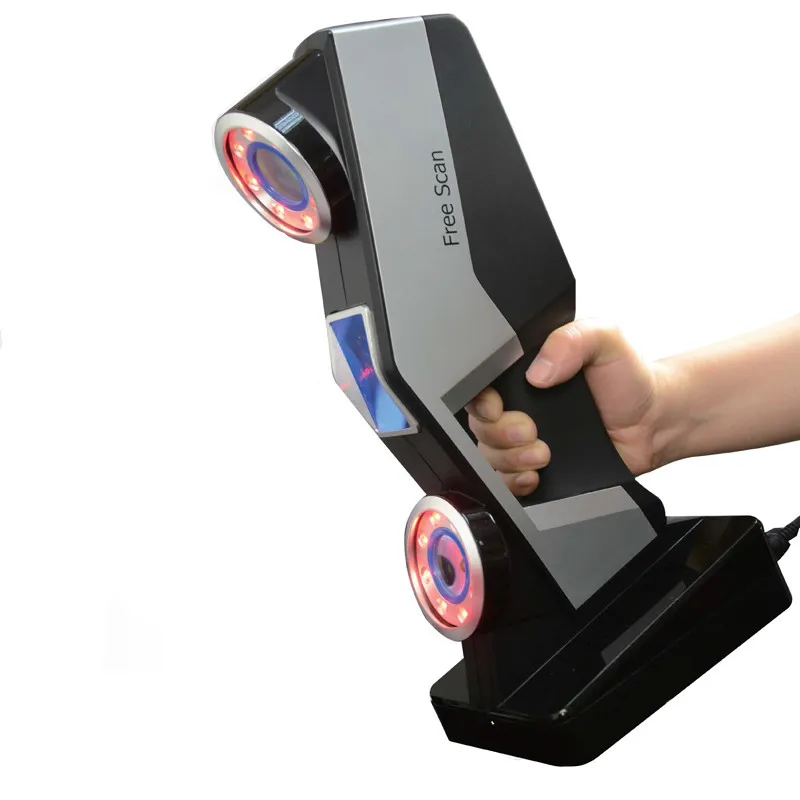
Rendus 2D
A partir du nuage de points brut, nous pouvons extraire des plans, des coupes ou des courbes de niveaux extrêmement précis. En effet, contrairement à un plan topographique standard qui effectue des interpolations entre des points toutes les dizaines de mètres; avec cette technologie, la digitalisation se fait à même le nuage qui comporte des millions de points. Il en résulte un plan reflétant la juste réalité.
Coupes complexes
Auscultations
Le scan 3D permet la comparaison entre un projet et sa réalisation : on colorise le nuage de points en fonction de l’écart constaté avec le projet (en vert la réalisation est très proche du projet, en fuchsia ou en jaune les écarts sont plus grands, cette illustration permet de mettre en évidence les problèmes comme le fruit d’un mur par exemple). Les comparaisons peuvent se faire par rapport à un projet théorique ou pour mettre en évidence l’évolution d’un ouvrage dans le temps (dès lors on comparera 2 nuages entre eux : à l’état n et n+1)
Modélisation 3D
visitez notre page modélisation 3D
Autres exemples de références
Numérisation 3D de la citadelle de Mont-Louis
Dans le cadre de l'étude, diagnostic à la mise en valeur du parcours de visite de la citadelle, le cabinet d'architecte du patrimoine Olivier Weets a confié à GEOPOLE la numérisation en 3 dimensions d'une partie de la citadelle de Mont Louis.
Numérisation de l'église de Conques sur Orbiel
Dans le cadre de l'étude, diagnostic à la mise en valeur de l'église de Conques sur Orbiel, le cabinet d'architecture Serra et la commune de Conques sur Orbiels ont missioné GEOPOLE pour effectuer les relevés scanner et photogrammétrique de l'église Saint Michel du XIV° siècle.
Numérisation des entrepôts CEMOI
Dans le cadre d'un réaménagement des locaux CEMOI, GEOPOLE a numérisé l'intégralité des bâtiments administratifs. Prés de 1400 positions de scan ont été nécessaires pour scanner les 3 générations de constructions qui se sont superposées au fil des années. GEOPOLE a montré toute son expertise pour assembler ce nuage de points et produire des rendus de qualité.
TOPOGRAPHICAL SURVEYS - 3Deling - Experts in 3D Laser Scanning and Point Cloud Processing
TOPOGRAPHICAL SURVEYS - 3Deling - Experts in 3D Laser Scanning and Point Cloud Processing-
Point cloud in RGB colours
Show Examples
-
Point cloud in RGB colours
Show Examples
-
Point cloud in RGB colours
Show Examples
-
Show Examples
-
Show Examples
2D OR 3D TOPOGRAPHICAL INFORMATION CAN BE EXTRACTED FROM THE POINT CLOUDS.
 THIS CAN BE DELIVERED IN A VARIETY OF FORMATS AND LEVELS OF DETAIL THAT CAN BE TAILORED TO SUIT YOUR SPECIFIC REQUIREMENTS
THIS CAN BE DELIVERED IN A VARIETY OF FORMATS AND LEVELS OF DETAIL THAT CAN BE TAILORED TO SUIT YOUR SPECIFIC REQUIREMENTSTopographical surveys can be created using scan data, in either 2D or 3D formats. Where possible we employ our own terrestrial tripod-mounted scanners for data collection. For large scale projects, we can use data captured from mobile mapping or UAV (Unmanned Aerial Vehicle) systems.
Topographical surveys based on this methodology can be conducted in the majority of urban or rural settings. 3Deling have also gained specialised experience in capturing topographic information in the rail environment, including P-way details and symbols.
ADVANTAGES:
Accurate and comprehensive deliverables
Can be verified against an existing point cloud
Vast experience of working with different standards and industries
Single Dataset – Can be completed altogether with other products, such as elevations, with no need to perform a separate site operation
VIDEO:
VIDEO:
topoPROJECT EXAMPLES – TOPOGRAPHICAL SURVEYS:
Bodyscanner Biokinect® | Neurocor
Modification of the complex Biokinect ® Bodyscanner 3D is based on the principle of operation of the computer optical topography system . The system of three-dimensional scanning of the human figure Bodyscanner 3D Biokinect is designed to obtain a three-dimensional model of the surface of the patient's body, with the possibility of subsequent analysis of spatial and anthropometric parameters using software "Scanner 3D"
The system of three-dimensional scanning of the human figure Bodyscanner 3D Biokinect is designed to obtain a three-dimensional model of the surface of the patient's body, with the possibility of subsequent analysis of spatial and anthropometric parameters using software "Scanner 3D"
The method of computer optical topography is approved According to Order of the Ministry of Health and Social Development of Russia No. 1664n dated December 27, 2011. "On Approval of the Nomenclature of Medical Services" with service code A03.03.001 under the name "Computer Optical Spine Topography"
The method of optical computer topography is screening and is indicated for primary diagnosis for postural abnormalities, flat feet, changes in the structure of the chest, curvature of the spine: lateral, pathological kyphosis, lordosis, different lengths of the legs, misalignment of the pelvic bones.
Optical computerized topography is an absolutely harmless method, since it does not have X-ray or other radiation penetrating into a person. Diagnostic examination is carried out by measuring data on the projections of bone tissues on the surface of the patient's body.
Diagnostic examination is carried out by measuring data on the projections of bone tissues on the surface of the patient's body.
In accordance with Order of the Ministry of Health No. 514n dated August 10, 2017 “On the procedure for conducting preventive medical examinations of minors” , the diagnostic method is also shown to children.
| Application | Benefits | |
|
Orthopedics - allows you to detect posture disorders, pelvic tilt and twist, chest deformities. Monitor the state of the spine in dynamics. Auxiliary method in the selection of individual orthopedic insoles. Posturology - determination of postural deficit. Neurology - in violation of the balance of the body as a result of a neurological disease. Therapeutic physical training - diagnostics of posture disorders, monitoring the effectiveness of the therapy. Manual therapy - monitoring the effectiveness of the treatment. Sports medicine - assessment of the dynamics of recovery of the musculoskeletal system and prediction of results. |
|
The speed of the survey. Absolute harmlessness of the method, since the body is not exposed to radiation exposure. High reliability and objectivity of the results. Synchronization with stabilometric platform and statokinesiogram data. Visual display of results on 3D models. Possibility of examination of patients in functional positions. Calculation of torsional angles of body segments, deviation from vertical Barre. Measurement of anthropometric parameters. Ability to create personalized methods. |
Main specifications
| Full scan time | no more than 2 min. |
|---|---|
| Height of the subject | up to 200 cm |
| Subject weight | max. 150 kg |
| Actual error in determining linear parameters (RMS) at a distance to the object of 0.5 m | max. 2 mm |
| Actual error in determining linear parameters (RMS) at a distance to the object of 2.0 m | max. 5 mm |
| PC connection | USB 3.0 |
| Compatibility with the kinematic model of the software "Biomechanics Nevrokor" | + |
| Possibility of integration with stabilometric and kinematic modules of the "Biokinect" Complex | + |
Modification of the Biokinect® Bodyscanner 3D complex is based on the principle of operation of the computer optical topography system .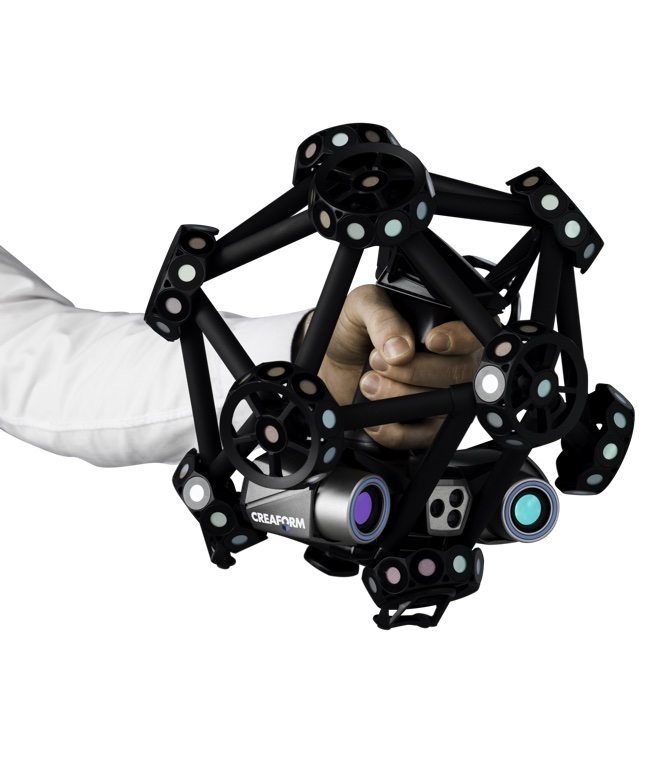 The system of three-dimensional scanning of the human figure Bodyscanner 3D Biokinect is designed to obtain a three-dimensional model of the surface of the patient's body, with the possibility of subsequent analysis of spatial and anthropometric parameters using software "Scanner 3D"
The system of three-dimensional scanning of the human figure Bodyscanner 3D Biokinect is designed to obtain a three-dimensional model of the surface of the patient's body, with the possibility of subsequent analysis of spatial and anthropometric parameters using software "Scanner 3D"
The method of computer optical topography is approved According to Order of the Ministry of Health and Social Development of Russia No. 1664n dated December 27, 2011. "On the approval of the nomenclature of medical services" with the code of the service A03.03.001 under the name "Topography of the Computer optical spine"
Use BODIKANER Biokinekt ® :
BODIKINEN "Biokine" Orthopedia - to identify impulses - to identify impassions - for the identification posture, scoliosis, skew and twisting of the pelvis, deformities of the chest. Allows you to control the state of the spine in dynamics. It is used as an auxiliary method in the selection of individual orthopedic insoles.
It is used as an auxiliary method in the selection of individual orthopedic insoles.
Posturology - used for a comprehensive assessment of postural status, determination of postural deficit.
Neurology – for muscle pain syndromes, movement asymmetries, gait deficits, trunk imbalance due to a neurological disease.
Exercise therapy - for the diagnosis of posture disorders and subsequent monitoring of the effectiveness of the therapy.
Manual therapy - for an objective assessment of the results of treatment and monitoring its effectiveness.
Sports medicine - to assess the dynamics of recovery of the musculoskeletal system and predict results.
Can be used as a screening method in preschool and school institutions to monitor the condition and development of the musculoskeletal system, diagnose scoliosis in the early stages.
Advantages of the BODISCANNER Biokinect ® :
Synchronization with Statokinesiogram data - harmlessness of the method (without radiation exposure), has no contraindications, is also used for children who are able to maintain a static posture.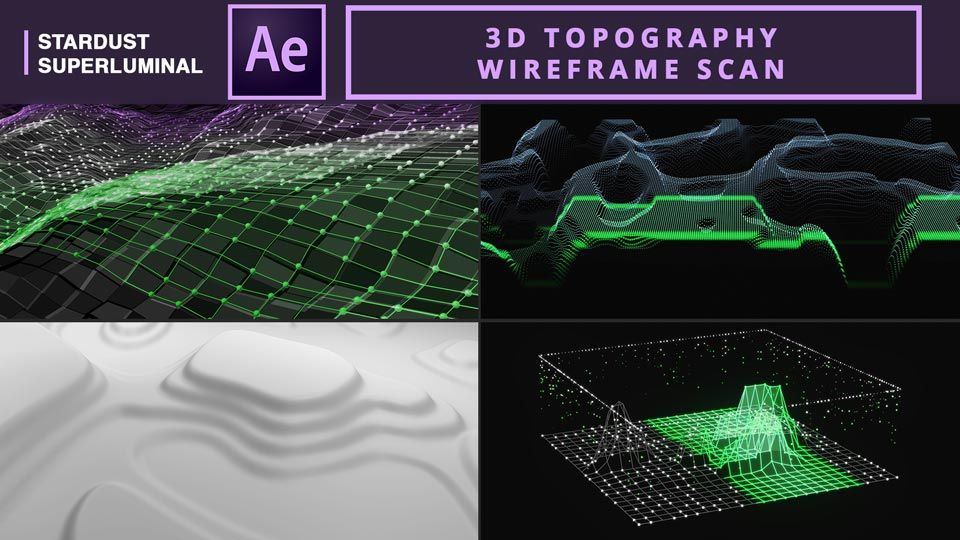
- high reliability and objectivity of the results
- possibility of examination in functional postures
- assessment of muscle tone by EMG
- possibility of using it with a system of biomechanics of movements and conducting a study in dynamic mode
- visual display of the results on a 3D model
- the ability to evaluate scoliosis with a topographic analogue of the angle according to the Cobbu
- calculating the angles of twisting of the body segments, deviation from the vertical barre
- synchronization with stabilometric platform and data statokinesiograms
- the creation of personalized techniques
Bioscine Biacsin. builds a three-dimensional surface model of the entire human body and its individual segments, allowing you to detect even minor deviations from the norm. The study takes only a few minutes, does not require special preparation of the patient and the room.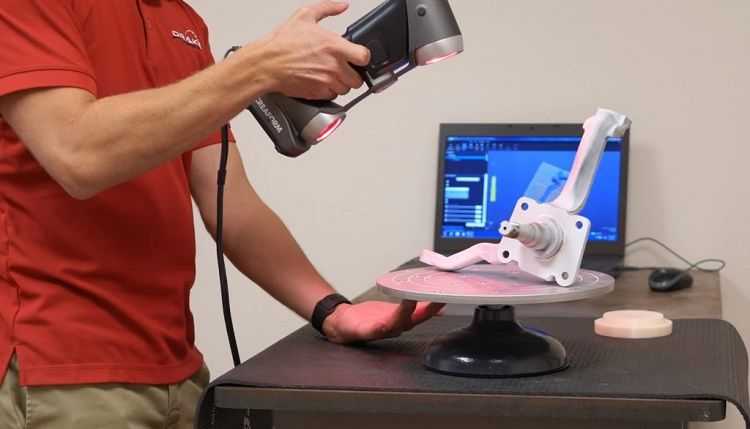
The doctor receives visual and objective information about the spine, posture, head position, shortening of the limbs, asymmetry of the shoulder blades, shoulders, positioning of the pelvis. A schematic representation of the spine allows visualizing its shape in three projections (frontal, sagittal, horizontal) and determining the spatial position of the vertebrae (according to the projection of the spinous processes). Changes in posture, scoliosis, kyphosis, lordosis are clearly demonstrated, followed by determination of their degree and angle of curvature. Evaluation of the spinal column in three planes makes it possible to diagnose structural scoliosis, when the spine twists around the vertical axis.
Topographic capabilities of the device Bodiscine Biokinekt ® :
- Diagnostics of posture violations
according to "Scanner 3D"- diagnostics of scoliosis
- Assessment of Bending
- Determination of the Defection of the chest
- Evaluation
- determination of muscular asymmetry
- determination of skew and twisting of the pelvis
- determination of the spatial position of the vertebrae
- Monitoring the effectiveness of the conducted treatment
- examination in functional poses
- Assessment of the spine in the dynamics
- Objective evaluation of data and preservation of data in the database
Modification of the complex 9000 9000 ® Bodisconer creates a three-dimensional model of the back with a schematic representation of the spine, visualization of the shoulder blades and pelvic bones. This allows the doctor to obtain objective quantitative and qualitative information about the deviation of the body from the vertical axis, the position of the shoulder blades, twisting of the shoulder girdle and pelvis, misalignment of the pelvic bones, as well as muscle imbalance. Conducting functional tests allows you to more effectively assess muscle asymmetries and judge the optimality of the motor stereotype. Data on the functioning of the muscular system can be supplemented by recording an electromyogram. This possibility is implemented using biomechanical sensor "Bisens" , which is included in the equipment. Various spinal deformities and musculoskeletal asymmetries lead to changes in the postural system, including imbalance in the body. The use of the Biokinect Bodyscanner in conjunction with the Romberg stabilometric platform makes it possible to visualize the center of mass on a 3D model of a patient, as well as to conduct a comprehensive diagnosis of the human postural system.
This allows the doctor to obtain objective quantitative and qualitative information about the deviation of the body from the vertical axis, the position of the shoulder blades, twisting of the shoulder girdle and pelvis, misalignment of the pelvic bones, as well as muscle imbalance. Conducting functional tests allows you to more effectively assess muscle asymmetries and judge the optimality of the motor stereotype. Data on the functioning of the muscular system can be supplemented by recording an electromyogram. This possibility is implemented using biomechanical sensor "Bisens" , which is included in the equipment. Various spinal deformities and musculoskeletal asymmetries lead to changes in the postural system, including imbalance in the body. The use of the Biokinect Bodyscanner in conjunction with the Romberg stabilometric platform makes it possible to visualize the center of mass on a 3D model of a patient, as well as to conduct a comprehensive diagnosis of the human postural system.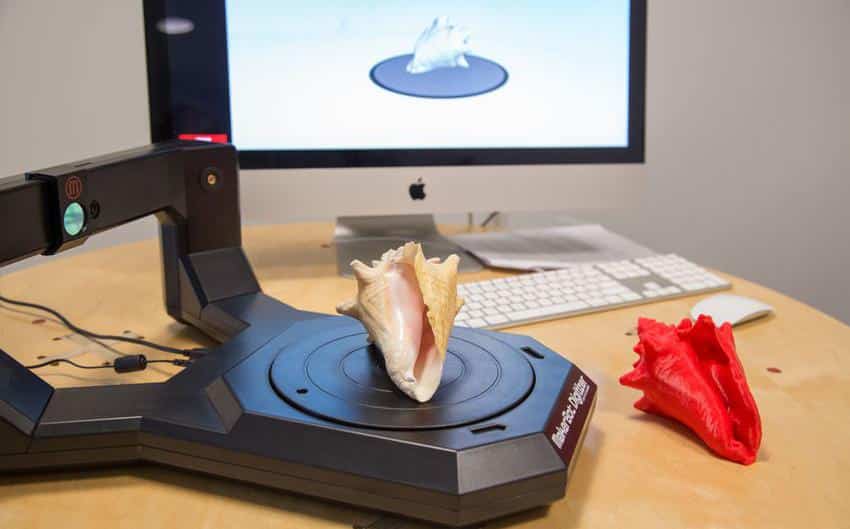 More information can be found in section 9.0005 Stabilometry Biokinect ® .
More information can be found in section 9.0005 Stabilometry Biokinect ® .
All examination results are clearly displayed on a 3D model, measurements are recorded in the form of simple and understandable graphs, and the presence of a patient database allows you to track the dynamics of treatment.
Biomechanical sensor "Bisens"
Possibilities of BODISCANNER BIOKINECT ® in combination with biomechanical sensors:
- performing functional tests and research in dynamic mode
- registration of the biomechanics of movements (flexion, extension, rotation)
- determination of the maximum angles of deflection and twisting of the spine
- EMG registration, analysis of muscle tone, mapping of asymmetries
- assessment of the depreciation properties of the spine
Conducting a dynamic study gives more complete information about the state of the musculoskeletal system.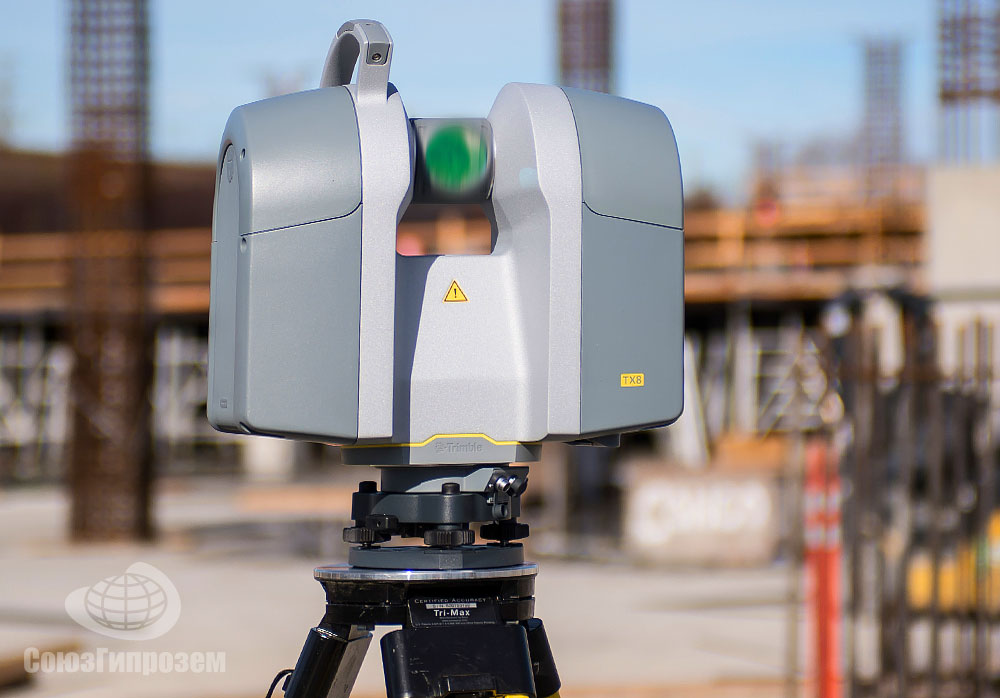 This procedure is implemented using the Bodyscanner and an additional biomechanical sensor "Bisens". Registration of movements in the cervical, thoracic and lumbar spine is carried out. All movements are recorded in three planes. By placing the sensor on the patient's head, it is possible to determine the degree of mobility of the cervical spine. Flexion, extension, lateral flexion to the left, right, rotational movements are evaluated. It is possible to simultaneously record the work of the back muscles, which is important for identifying asymmetries and assessing the load distribution on the spine. Another technique for studying the function of the spine is the study of its depreciation properties. During walking, Bisens sensors register the magnitude of accelerations at the level of the sacrum and upper spine, including in the head area. The state of the depreciation function of the spine can be judged by the difference in amplitude accelerations that occur in its upper and lower sections.
This procedure is implemented using the Bodyscanner and an additional biomechanical sensor "Bisens". Registration of movements in the cervical, thoracic and lumbar spine is carried out. All movements are recorded in three planes. By placing the sensor on the patient's head, it is possible to determine the degree of mobility of the cervical spine. Flexion, extension, lateral flexion to the left, right, rotational movements are evaluated. It is possible to simultaneously record the work of the back muscles, which is important for identifying asymmetries and assessing the load distribution on the spine. Another technique for studying the function of the spine is the study of its depreciation properties. During walking, Bisens sensors register the magnitude of accelerations at the level of the sacrum and upper spine, including in the head area. The state of the depreciation function of the spine can be judged by the difference in amplitude accelerations that occur in its upper and lower sections.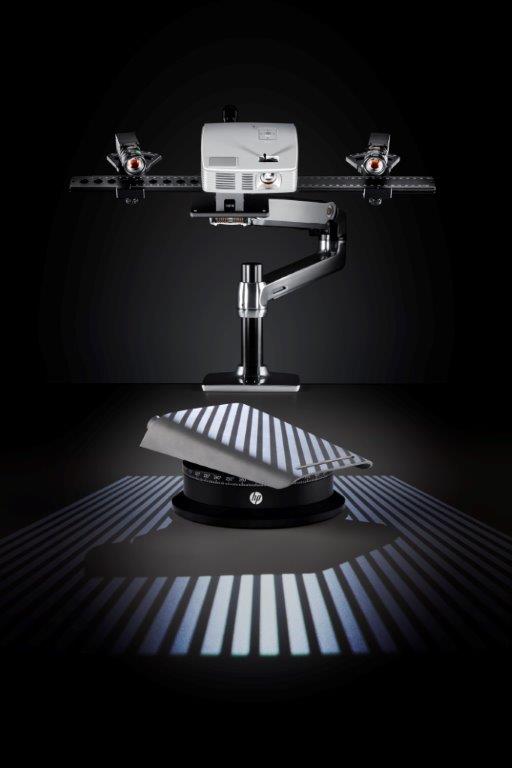
For more information about the capabilities of Trust-M biomechanical sensors, see section Trust-M Biomechanics.
3D scanner laser scanner devices topography stonex.kg
DESCRIPTION OF THE EQUIPMENT
STONEX F6 is the market leader in the market of large long-distance to large-sized objects for 3D-area portable. Based on the patent-pending innovative coding algorithm, the F6 delivers superior data quality, making it ideal for scanning complex scenes in seconds. 9Powered by Echo, 0349 F6 is powered by Echo's advanced and easy-to-use integrated software with top-notch features such as:
- Advanced scan modes with real-time feedback
- Powerful 3D data editing tools
- Data quality for distance control and Accuracy
- Extended Reticle with Full Color Projection
0366
Specificationsscan distance
 5 mm per 1 m
5 mm per 1 m daylight
closest location






